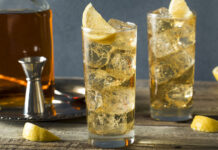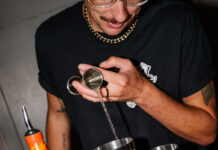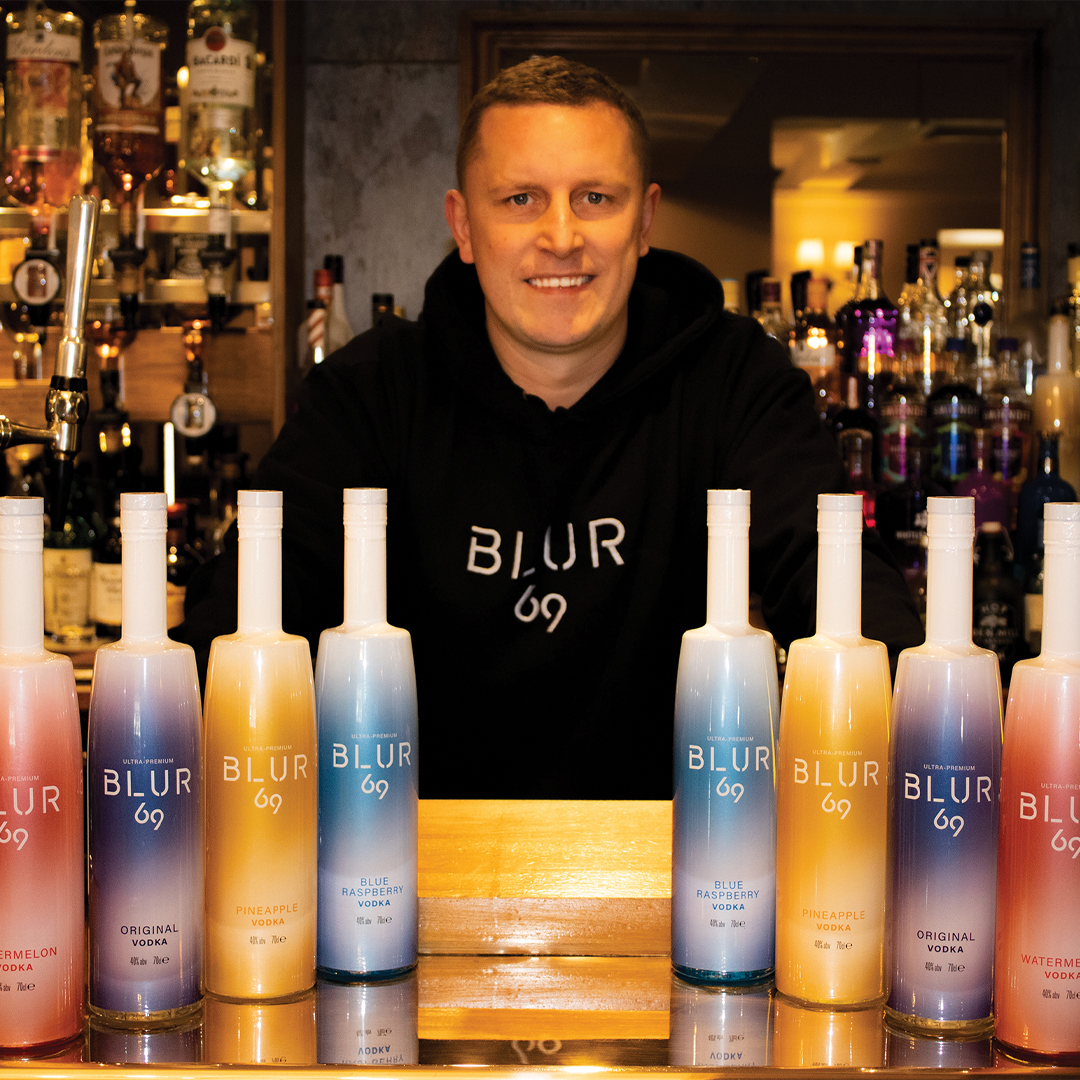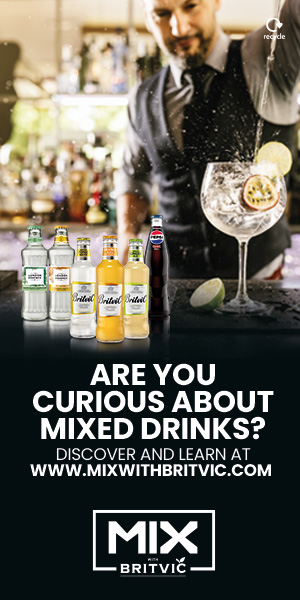Customers look for quality so make sure your offer doesn’t fall short

TO outsiders the wine category can be as daunting as it is diverse.
From Prosecco to Pinot, Côtes du Rhone to California, the sheer breadth of wines available to Scottish venues can be intimidating.
And while the category is said to be in good health in Scotland’s bars and pubs, wine suppliers said there are some regular mistakes being made when it comes to how wine is presented in Scottish outlets.
Jon Harris, sales director for Scotland at Hallgarten & Novum Wines, said some operators are still “competing in a race to the bottom – in quality and in price”.
“The price race to the bottom has got to stop,” said Harris.
“The general consumer is more educated than ever and can taste the difference. It can also make you more profit if part of a well-constructed wine list, with a range of increasingly premium wines by the glass.”
This was echoed by Mike Stewart, head of sales in Scotland for Liberty Wines.
He said: ”Our own sales have shown customers in Scotland are trading up to more premium examples of their favourite wines, including Pinot Grigio, Malbec and Sauvignon.
“Younger drinkers especially want to know about the provenance of what they are spending their money on, and, once convinced, they are happy to pay for quality and authenticity.”
This changing attitude towards wine isn’t happening in a vacuum, and wine is said to have benefitted from a wider trend towards premium products in other drinks categories.
Toby Sigouin, wine buyer at Inverarity Morton, said craft beer, in particular, has influenced the way a lot of consumers choose their drinks.
“Craft beer disrupted the marketplace and woke people up to a brave new world of flavour that has stimulated a big shake-up in the wine sector,” said Sigouin.
“And now small-batch producers are flourishing because they give the consumer what they’re looking for: a story they can connect with, a product that not only has this unique provenance but is also artisanal – ie. made with care and is therefore worth the premium price tag.”
Offering a wider selection of wines by the glass has become more common in recent years, and was described by Roberta Neave, wine category buyer for pub company Star Pubs & Bars, as the “single biggest tool that operators have to encourage premiumisation in their outlets”.
“Buying wine by the bottle is a big financial and emotional risk for a customer, so enabling them to sample is key,” said Neave.
“Even if they don’t buy a bottle on that visit, when they return they will feel more confident in the offer so are more likely to trade up.
“A shorter, snappier wine list will also encourage throughput so wastage becomes less of a concern.
“There’s also a fantastic selection of affordable wine preservation systems on the market at the moment.”
Choosing the right wines for that snappy list is obviously essential, and Harris at Hallgarten & Novum warned licensees against listing the most popular wine styles at the cheapest price point.
He said: “Having Sauvignon Blanc, Pinot Grigio or Merlot as the cheapest wines on the list automatically stops the ‘trade-up’ and the business misses out on substantial incremental cash margin opportunities.
“Guests chase these key varietals, so make sure they are three or four places beyond your house wines; offer a better quality example and make more cash margin without massively affecting sales.”
In addition to these styles, lighter wine varietals were predicted to be popular choices over the summer months, according to Zoe Coombs, head of wine category development at Matthew Clark.
“With this trend for lighter styles on the up this summer we believe we will see a continued increase in wines such as Vinho Verde, Albarino, Picpoul, Cabernet Franc and Gamay,” said Coombs.
And as sustainability becomes more important to many consumers, Coombs said a selection of organic, biodynamic and vegetarian/vegan wines could be worthwhile.
“With sustainability being at the forefront of the minds of many customers, organic wine consumption in the UK has surged by 70% over the past five years,” said Coombs.
“These ethically-minded drinkers are willing to spend a third more on a bottle of organic wine.”
Nic Tatham, wine development manager at CWF (Continental Wine & Food), agreed. He said vegan and organic wines “are set to become more sought after by the fast-growing number of vegans and ecologically-mindful consumers”.
“Until now such wines have been relatively few but such is the demand for them that producers all over the world are now including vegan-friendly and organic wines in their ranges,” said Tatham.



















